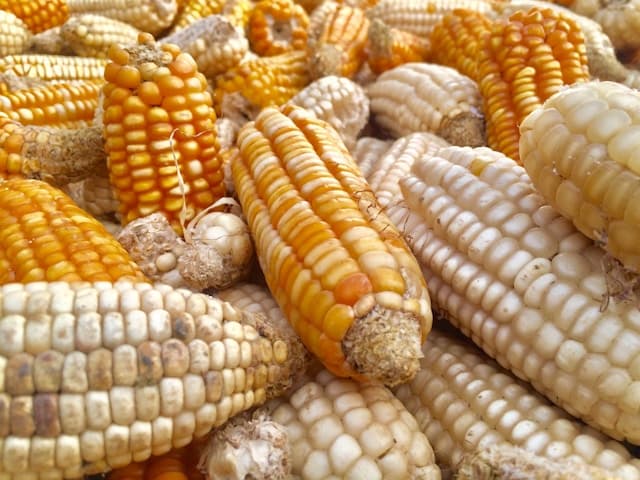Maize Cultivation

Overview
Maize is one of the most important staple crops in Rwanda, with significant production across the country. It serves as a primary source of food and income for many Rwandan farmers.
Optimal Temperature
18-21°C
Rainfall Needs
750-2000mm annually
Sunlight
Full sunlight required
Maturity Period
100-120 days
Soil Requirements
Maize cultivation in Rwanda thrives best in deep, well-drained, fertile soils, particularly warm loams and silt loams that are rich in organic matter and adequately supplied with essential nutrients.
While maize can grow in a variety of soils, yields tend to be poor in sandy or heavy clay soils unless significant amendments, deep cultivation, and ridging are employed to improve drainage.
Given the prevalence of acidic soils across Rwanda, which can hinder nutrient availability, soil amendments such as lime can improve soil conditions for maize cultivation.
Planting Process
- 1
Land Preparation: Spray weeds with appropriate herbicides, then plough the land to create a level surface with a fine tilth. Mix the soil with manure and biochar to improve nutrient uptake and stabilize soil pH.
- 2
Planting: Make holes at a spacing of approximately 2ft x 2ft. Plant a maximum of two seeds per hill at a depth of about 1 inch in moist soil or 4 inches in dry soil. Cover the seeds with loose soil.
- 3
Fertilizer Application: Apply basal fertilizers like Grain pulse Maize blend or DAP at planting. Top dress with fertilizers such as Grain pulse top dress blend or Calicigrow mixed with Urea when plants are about 45 cm high.
- 4
Weeding: Weed manually about three weeks after planting or use herbicides to prevent competition for resources.
- 5
Harvesting: Harvest after approximately 100-120 days when the crop has reached maturity.
Recommended Varieties
| Variety | Key Characteristics | Yield Potential |
|---|---|---|
| RHM104 | Drought tolerance, mid-altitude adaptation | High |
| RHM1407 | MLN tolerance, mid-altitude adaptation | High |
| RHT132 | Adapted to transitional zones | Medium-High |
| RHMM111 | Extra-early maturing, suited for semi-moist mid-altitudes | Medium |
Common Pests and Diseases
Fall Armyworm
Symptoms: Tattered leaves, damage to whorl and ears
Control: IPM strategies, appropriate insecticides when necessary
Maize Lethal Necrosis (MLN)
Symptoms: Stunting, yellowing and necrosis of young leaves, poor grain formation
Control: Use certified seeds, crop rotation, control of insect vectors, resistant varieties